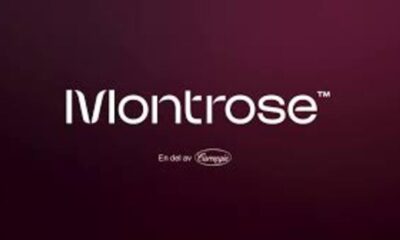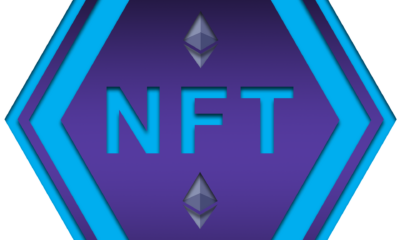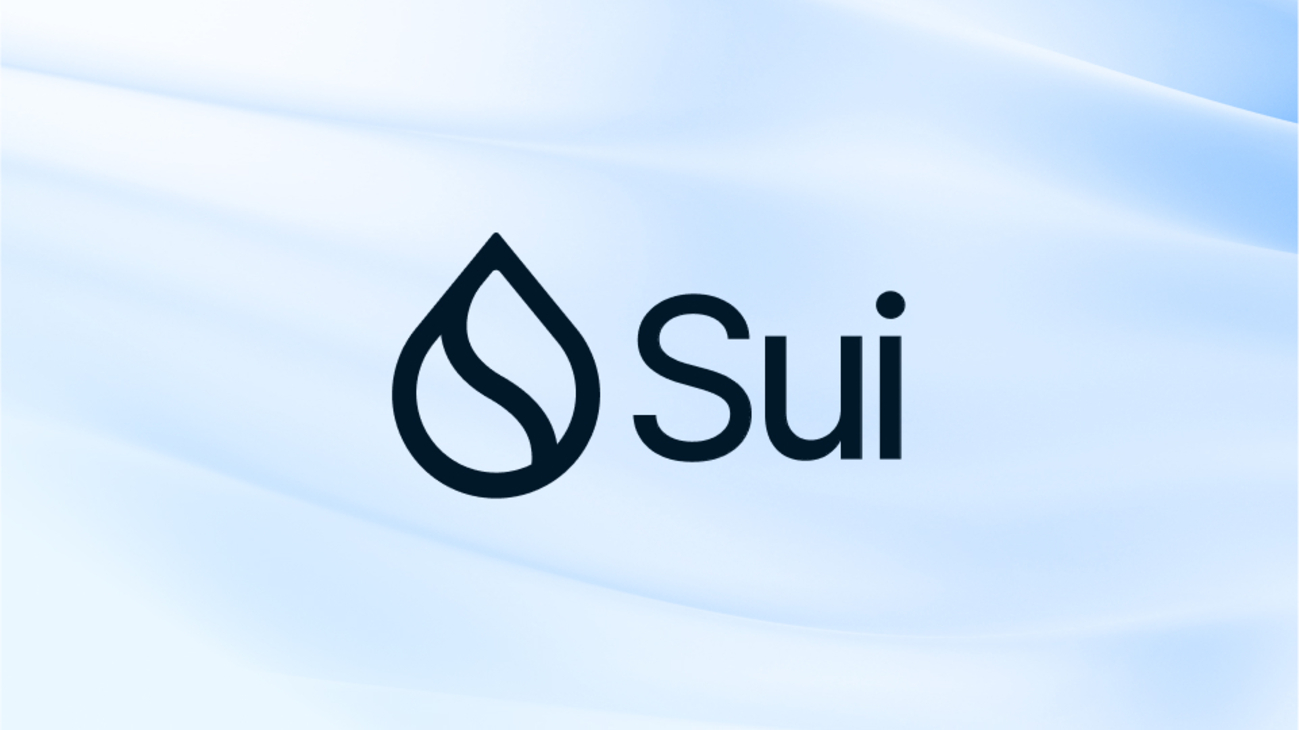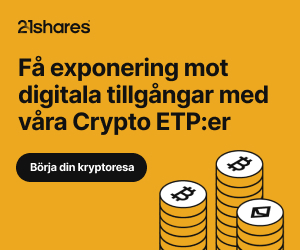Om Spotify 2018 populariserade den direkta noteringen – en metod för att bli publik utan roadshow, mindre hype och utan att några nya aktier skapas- har Virgin Galactic, DraftKings och Nikola inlett SPAC-eran (specialförvärvsföretag), där ett privat företag går samman med ett redan offentligt ”blankcheck” -företag för att skaffa kapital och bli börsnoterat.
Virgin Galactic offentliggjordes den 28 oktober 2019 genom att slå samman med IPOA, ett SPAC från riskkapitalisten Chamath Palihapitiyas Social Capital Hedosophia. Under dess nya ticker (SPCE) har aktien ökat med 75% sedan dess. Elbiltillverkaren Nikola (NKLA) började offentliggöras den 4 juni genom att gå samman med VectoIQ SPAC, och det har minskat med 27% sedan dess under en SEC-utredning om påstådd bedrägeri.
DraftKings (DKNG) har varit gruppens största framgång
Fantasy-sport- och sportspeloperatören blev offentlig den 23 april genom att slå sig samman med Diamond Eagle SPAC vid en tidpunkt då alla livesporter stängdes på grund av pandemin. aktier har ökat med 185% sedan dess.
Sportbranschen har noterat detta
Enligt Wall Street Journal för John Henry, VD för Fenway Sports Group, moderbolaget för Boston Red Sox, långt gågna samtal för en överenskommelse med RedBird Capitals RedBall SPAC som skulle ge teamets allmänhet och ge RedBird en minoritetsandel i laget.
RedBird är det företag som samarbetade med Dwayne “The Rock” Johnson och hans affärspartner Dany Garcia för att köpa XFL förra månaden. RedBird samarbetade med före detta Oakland A: s manager Billy Beane, ”Moneyball” -berömmelse, för RedBall SPAC.
Fenway Sports Group (FSG) äger mycket mer än Red Sox: portföljen inkluderar också Liverpools fotbollsklubb; Roush Fenway Racing, ett NASCAR-team; NESN, sportnätverket som sänder Red Sox-spel; och historiska Fenway Park.
RedBird värderar enligt uppgift portföljen till cirka 8 miljarder dollar; företaget tog in 575 miljoner dollar i sin RedBall SPAC-börsintroduktion i augusti och planerar att skaffa ytterligare 1 miljard dollar för en minoritetsandel i FSG.
Det är osäkert om affären faktiskt kommer att gå igenom, men bara det faktum att samtalen pågår speglar den växande törsten efter SPAC. Det som började inom teknik övergår nu till pro-sport.
Aktivist hedgefond titanen Bill Ackman har ett SPAC som börsnoterades i juni. SoftBank vill lansera ett SPAC. Opendoor, en fastighetsteknisk plattform, kommer att offentliggöras av Chamath Palihapitiyas andra SPAC. I oktober ankom den första ETF (börshandlade fonden) för SPAC: er, som endast kommer att investera i aktier som härrör från SPAC, Defiance NextGen SPAC Derived ETF (SPAK).
SPAC-metoden har en uppenbar attraktionskraft för idrotten
Sportfranchise-värderingar är alltid felaktiga och mycket grova uppskattningar; när lag har sålts helt till nya ägare under det senaste decenniet har de nästan alltid sålt för mer än deras senaste Forbes-värdering. De är också en av de sällsynta tillgångarna som praktiskt taget garanteras att få värde varje år – eller de var innan pandemin kallade värdet av sportfranchises under de närmaste åren ifrågasatt.
Den enda riktigt offentligt ägda franchisen i ”Big Four” -ligorna (NFL, NBA, MLB, NHL) är Green Bay Packers, som har fansägare.
Atlanta Braves är majoritetsägt av Liberty Media (BATRA), ett börsnoterat programföretag vars egna majoritetsägare är finansiella företag som Vanguard och Janus Capital. New York Knicks och New York Rangers handlas i tre former, lagen (MSGS), de fysiska arenorna (MSGE) och MSG-nätverket (MSGN), men majoritetsägda av James Dolan. Nintendo of America ägde tidigare Seattle Mariners i mer än 20 år fram till försäljningen 2016; Nintendo äger fortfarande en andel på 10%.
Idén om en stor franchise som Red Sox att börsnoteras skulle göra dess värdering tydligare och mindre grumlig, och skulle också hypotetiskt binda marknadsvärderingen mer direkt till framgång på fältet.
I den andra änden av affären tillåter SPAC-processen en grupp som inte har råd att köpa ett helt team direkt för att få en betydande andel i ett team som är värt mycket mer än SPAC-gruppen, eftersom SPAC ger sitt målföretag allmänhet genom en fusion. (I den potentiella Fenway-affären skulle RedBall, som bara tog upp 575 miljoner dollar i börsintroduktionen, ”gå samman” med ett företag på 8 miljarder dollar.)
Som Axios skrev om Fenway-RedBall-rapporten, ”Om den här affären går igenom, förvänta dig att den öppnar stjärnporten mellan SPAC och Major League Baseball-lag, vilket skapar alla möjliga nya finansiella transparenser.”
Shaq har ett SPAC; Shaquille O’Neal har samarbetat med tidigare Disney-chefer på ett förestående erbjudande. Mat Ishbia, som vann en nationell college basket titel med Michigan State år 2000 och nu är VD för hypotekslångivaren United Wholesale Mortgage, klippte bara en affär för att föra sitt företag till en värdering på 16 miljarder dollar genom att slå samman det med Alec Gores SPAC , bror till Detroit Pistons ägare Tom Gores.

 Nyheter1 dag sedan
Nyheter1 dag sedan
 Nyheter4 veckor sedan
Nyheter4 veckor sedan
 Nyheter4 veckor sedan
Nyheter4 veckor sedan
 Nyheter4 veckor sedan
Nyheter4 veckor sedan
 Nyheter3 veckor sedan
Nyheter3 veckor sedan
 Nyheter1 vecka sedan
Nyheter1 vecka sedan
 Nyheter4 veckor sedan
Nyheter4 veckor sedan
 Nyheter3 veckor sedan
Nyheter3 veckor sedan
























